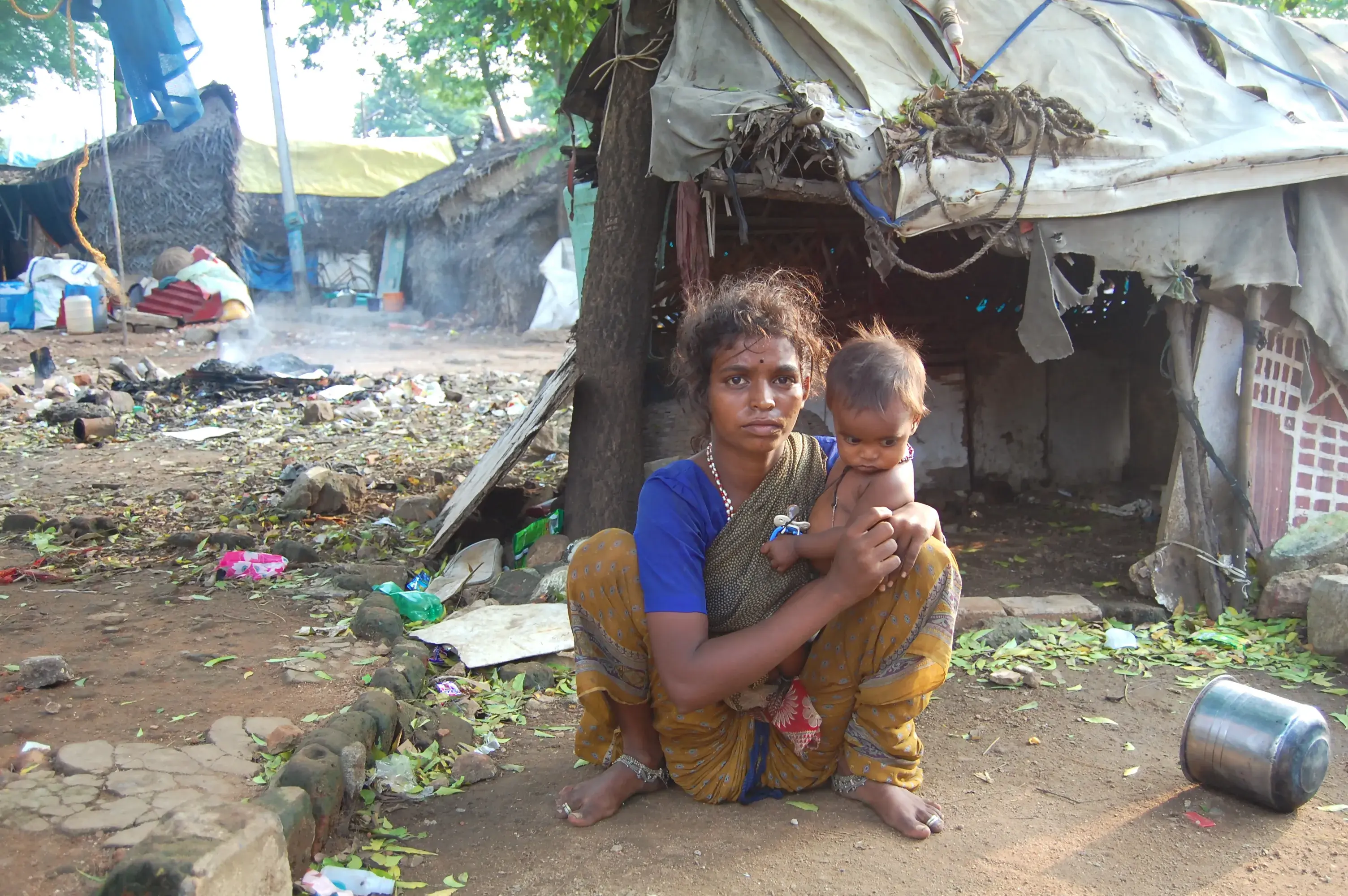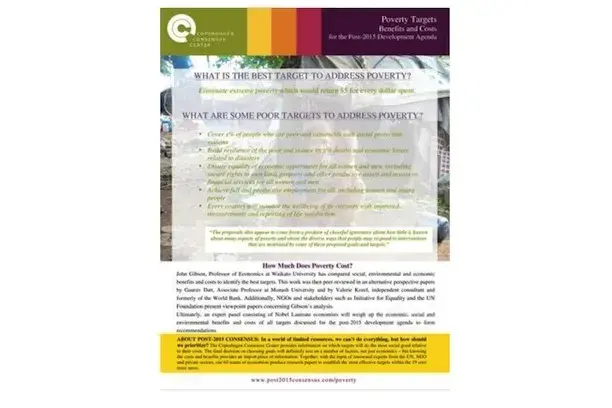Poverty
Within the area of poverty, the target with the best benefit cost-ratio is:
- Eliminate extreme poverty which has a benefit-to-cost ratio of 4-6.
The remaining targets are relatively ineffective, or there is large uncertainty in the benefit-to-cost ratio.
- Cover x% of people who are poor and vulnerable with social protection systems
- Build resilience of the poor and reduce by x% deaths and economic losses related to disasters
- Ensure equality of economic opportunity for all women and men, including secure rights to own land, property and other productive assets and access to financial services for all women and men
- Achieve full and productive employment for all, including women and young people
- Every country will monitor the wellbeing of its citizenry with improved measurements and reporting of life satisfaction
Scroll down to read our set of reports examining poverty targets for the post-2015 development agenda, written by leading economists and experts.
Assessment Paper
John Gibson, Professor of Economics at Waikato University, provides a thorough and insightful analysis of the primary UN targets focused on poverty reduction, social inclusion, employment and happiness. Gibson makes numerous arguments in his paper, firstly that we know much less about the extent poverty, and that due to unique circumstances about Asia, the poverty reduction results seen in that region will be challenging to replicate in Africa. Because of these issues he suggests only a continuation of MDG 1 - reducing extreme poverty - should be included in the post-2015 development agenda.
Many of the proposals made in the context of the post-2015 agenda appear to be unhinged from the reality of statistical measurement in poor countries. The proposals also appear to come from a position of cheerful ignorance about how little is known about many aspects of poverty and about the diverse ways that people may respond to interventions that are motivated by some of these proposed goals and targets”
- John Gibson
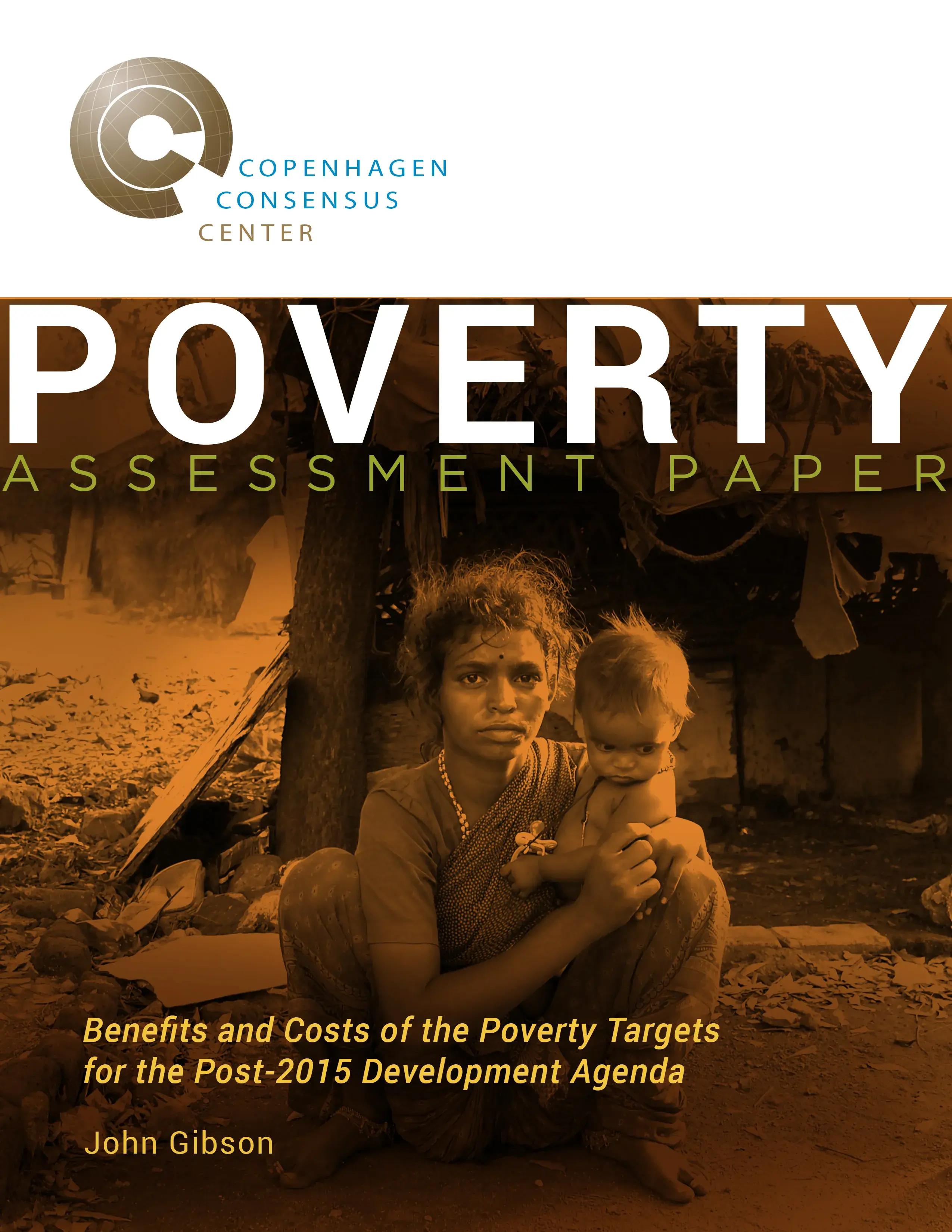
Perspective Paper
Gaurav Datt, Associate Professor in Economics at Monash University, provides a thoughtful stand-alone paper on the poverty Sustainable Development Goals. Firstly, he notes that UN and World Bank should harmonize their respective extreme poverty reduction targets to 3%, rather than eliminate. Secondly, he suggests that a global measure of multi-dimensional poverty be included to complement the extreme poverty reduction target. Finally, he recommends other targets on social protection, economic inclusion and resilience against shocks be subsumed within the other two targets.
Of course, setting goals cannot be confused with achieving them, but a clear and thoughtful enunciation of goals has its place and role"
- Gaurav Datt
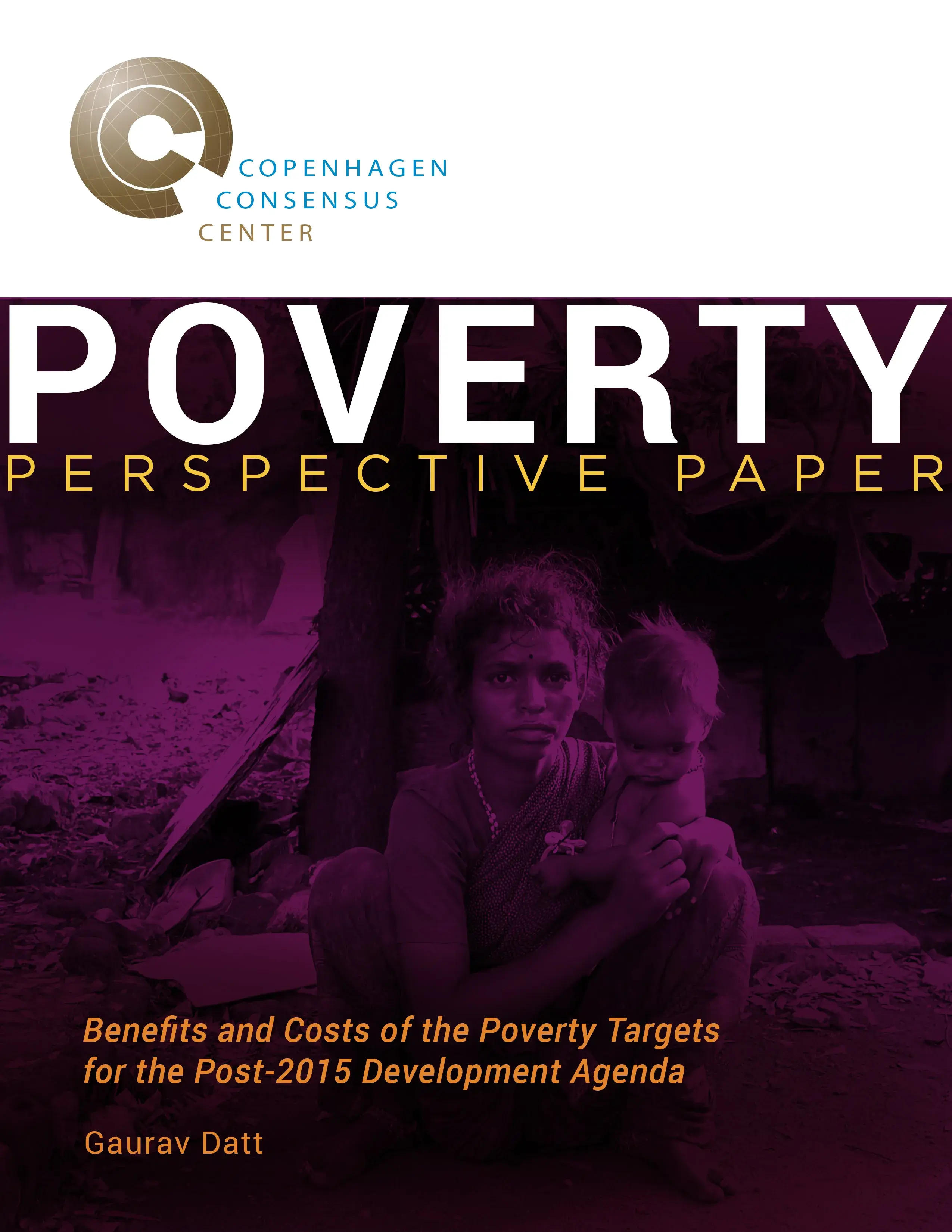
Perspective Paper
Valerie Kozel, Associate Professor at the University of Wisconsin, offers several reasoned counter-arguments to the assessment papers’ proposals. In particular, she suggests that Gibson has under-appreciated recent literature on the benefits of social transfer programs which show both short and long term benefits for the extreme poor. Kozel also notes that stretch goals – if unrealistic – may play an important role, and that harmonization of poverty data across countries has both benefits and challenges.
Gibson’s Assessment is surprisingly unenthusiastic about the contribution of targeted programs and transfers to future poverty reduction, including the contributions of social protection programs more broadly"
- Valerie Kozel
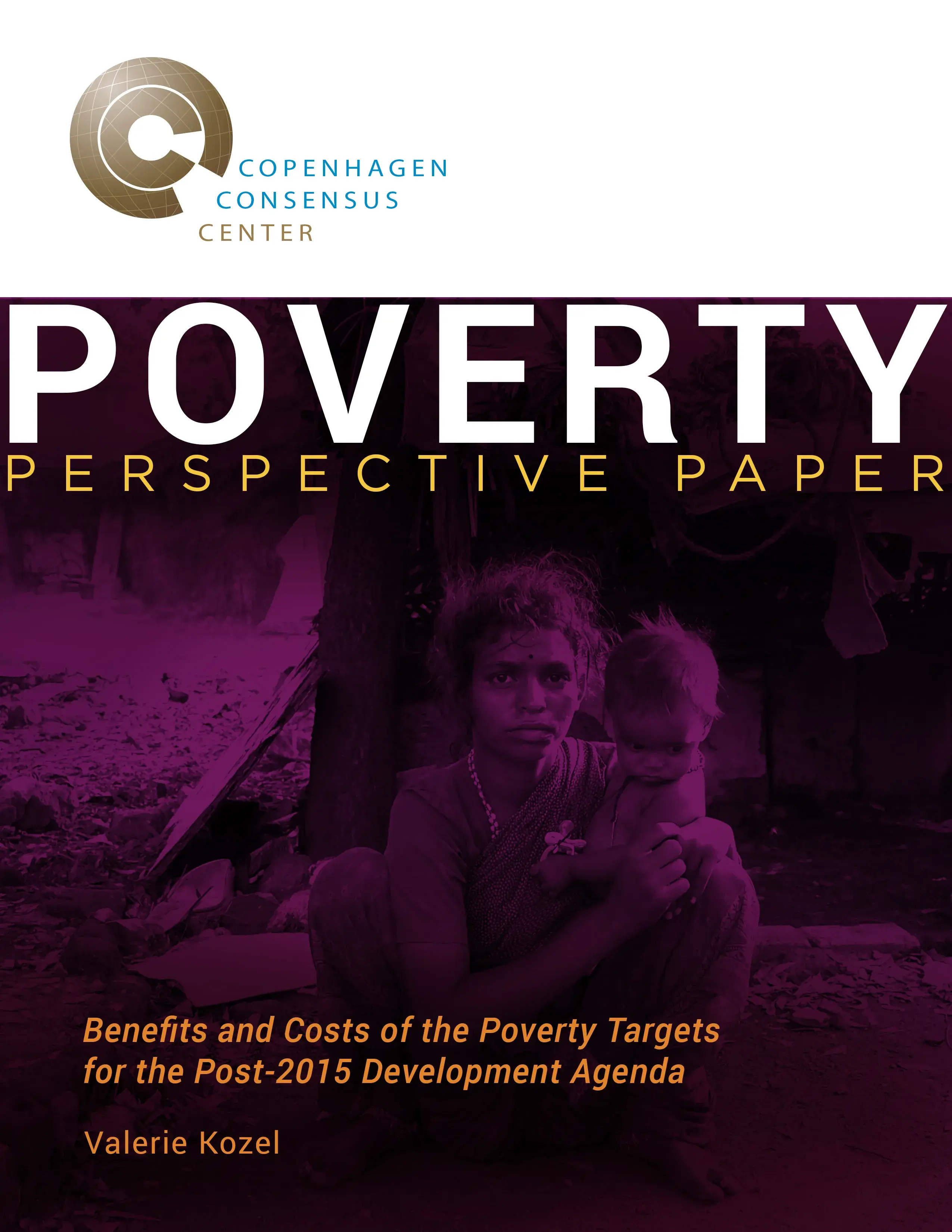
Viewpoint Paper
In her viewpoint paper, Deborah S. Rogers, of Initiative for Equality and Stanford University, argues that the proposed targets on poverty are “reasonable and achievable, and could even be strengthened”. She draws attention to the role of redistribution and social welfare as the most efficient and effective way of tackling extreme poverty, especially given that recent research shows that economic growth alone often increases inequalities, especially in the poorest countries.
In short, although a thorough cost-benefit calculation is not available for any of the proposed redistributional or growth-oriented strategies, both empirical data and theoretical calculations strongly suggest that a redistributional or social protections approach (alone, or in conjunction with growth) is the most efficient means of achieving a rapid reduction in poverty.”
- Deborah S. Rogers
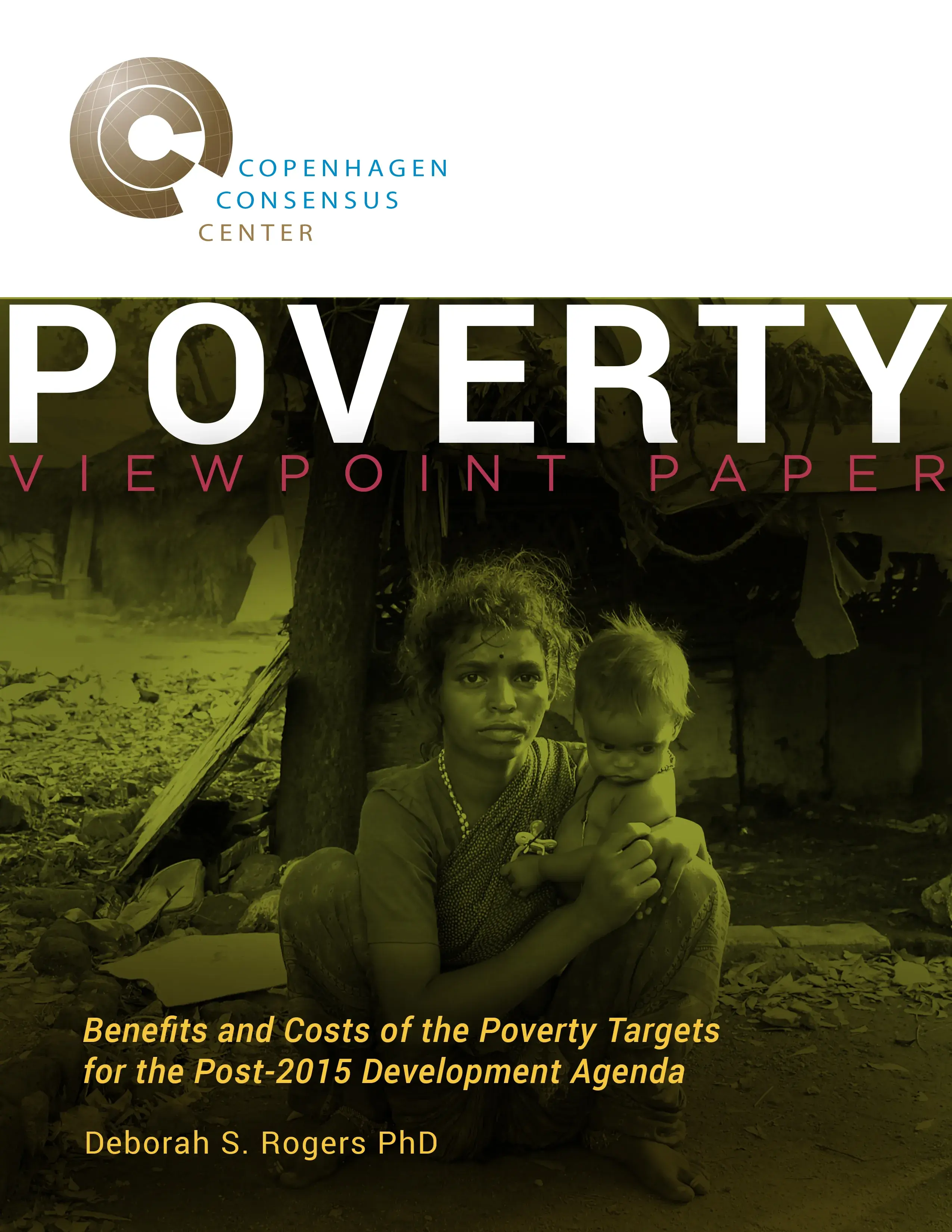
The Post-2015 Consensus project brings together 60 teams of economists with NGOs, international agencies and businesses to identify the targets with the greatest benefit-to-cost ratio for the UN's post-2015 development goals.




